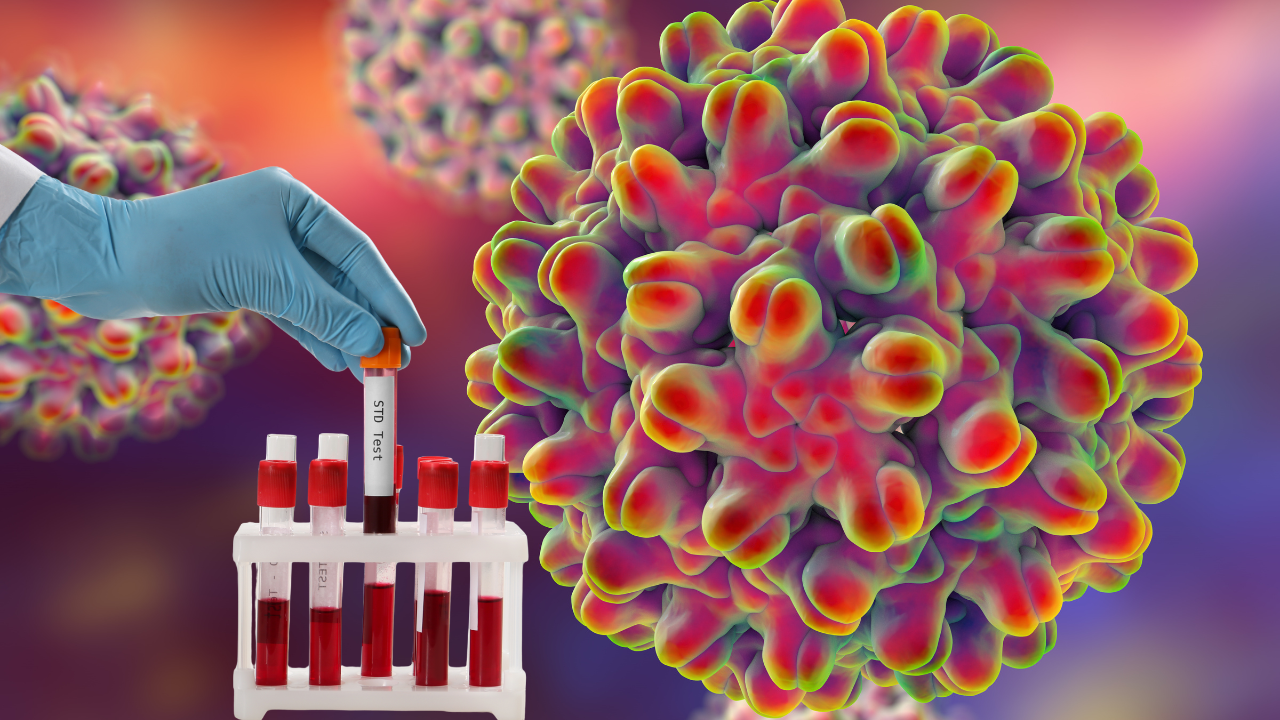STD Cases Have Declined In US Adults, But Syphilis Continue To Rise In Newborns

Credits: Canva
SummaryAccording to U.S. government data, overall STD rates declined in 2024, with fewer cases of chlamydia and gonorrhea. However, congenital syphilis — passed from mothers to newborns — continues to rise, causing severe infant complications. Experts call this alarming, as such cases are preventable. Louisiana, Mississippi, and Alaska reported the highest STI rates.
End of Article
